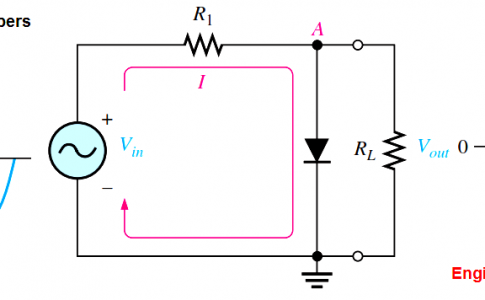Dynamic Reactive Power Sources:
It includes reactive power compensators which have the ability to respond within duration of cycles and try to balance the reactive power requirement in the system. They are considered as transmission service equipment or devices. These devices respond to change in the reactive power requirement in the system quickly and provides or injects the sufficient reactive power into the system.Some of the dynamic sources which acts as sources to the reactive power are:
- Synchronous generators
- Synchronous condensers
- Solid state devices such as FACT devices (STATCOM, SVC)
Synchronous generators controls the reactive power to be delivered with the help of Automatic Voltage Regulator (AVR). The maximum capacity of synchronous machines (both synchronous generators and synchronous condensers) to deliver the reactive power (MVAR) is limited with in the operation region of P-Q diagram and system stability limits.
Static Reactive Power Sources:
Static sources generally static in nature to the change in the reactive power requirement in the system. They deliver constant reactive power to the system irrespective of the system requirement. These devices are inexpensive but communication, control and associated switching and maintenance requires huge amount.Some of the static sources for the reactive power in the power system are:
- Shunt capacitors
- Filter banks
- Underground cables
- Transmission lines when lightly loaded
- Fuel cells
- PV systems
Reactive Power Sinks:
Reactive power generated by synchronous generators and other devices in the power system is absorbed or consumed by the loads. Therefore it is advisable to place the reactive power compensation devices at the load centers so that losses associated with transmission of reactive power to load centers is reduced. Some of the sinks for reactive power in the power system are listed below:
- Induction motors(pumps, fans)
- induction loads (Arc furnace, heaters)
- Induction generators
- Synchronous machines (under excited)
- Transmission lines heavily loaded
- Transformers
- Shunt reactors
